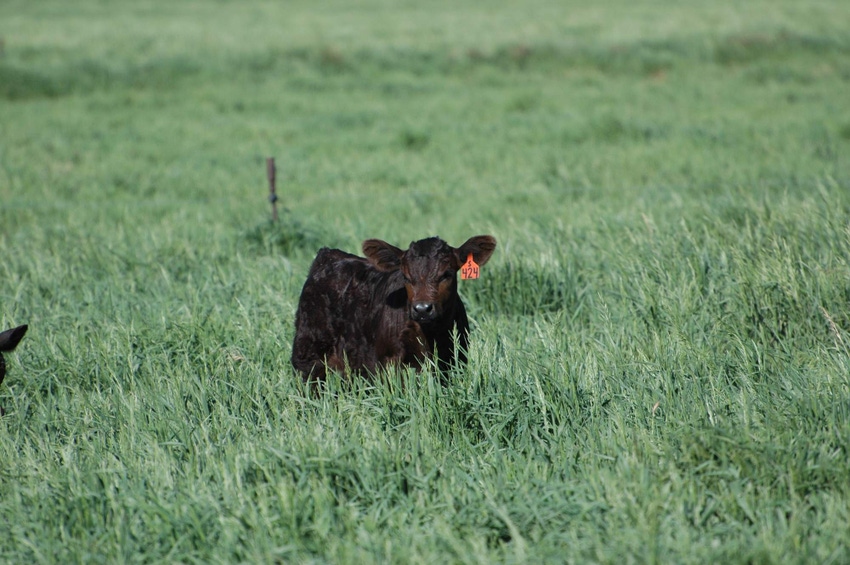Will beef cattle genomics be the next battleground?
The world is watching what we do and how we do it. And that need for transparency will soon hit our use of genomic technology. We need to get ready.

I received several interesting emails recently from students at Robinson High School in Tampa, Fla. These students are in a magnet STEM (science, technology, engineering and math) biology class and were given this prompt: Commercial beef producers need to manage genetic risk when selectively breeding cattle.
They were given a link to a BEEF magazine article on selecting cattle for fly resistance, then challenged with creating a digital resource for educating commercial breeders on managing genetic risk, and developing a policy to hold breeders accountable for their breeding decisions.
The school is not rural and none of the students who undertook this assignment have any farm or ranch background. Their teacher chose the prompt because she grew up on a Mississippi ranch that uses AI, among other things, in its genetics program and she thought this would be an eye-opening project.
Indeed it was. But perhaps my eyes were opened wider than the kids’.
Several thoughts crossed my mind as I looked at what these young men and women developed. Certainly not all high school students participate in classes like this, but those who do are learning critical thinking skills that will serve them, and us, well as they become adults. That’s good.
The other thought? The world is watching what we do and how we do it. A BEEF article on selecting for fly resistance is, to us, just an interesting offshoot to what is an essential part of the business—select cattle to fit their environment while producing an acceptable end product. Not an easy task, but one that cattle producers have accomplished with remarkable success.
Others see it differently. One young lady prefaced her report by saying, “Selective breeding of cows has become a problem as breeders have been putting forth continuous efforts in breeding the perfect cow. What they do not realize is that they are causing more damage than good.”
Are we? I don’t think so. Is there potential? Yes. That is why single trait selection is a bad idea.
She worries that selective breeding will diminish the genetic diversity in cattle. I doubt that, but it’s not out of the question. I am not versed dairy, poultry or swine genetics, but I suspect those sectors of animal ag are less diverse genetically than beef.
This young lady’s solution to how she perceives what you do in genetic selection is this: “Breeders will have to check in with USDA to make sure that the desired genotype of the cow they want to create has not already been used to much (based on regulatory standards that already have been put in place).”
Do we need regulations on how we select genetics and use genetic and genomic technology? It’s time to elevate that conversation. These kids are watching.
About the Author(s)
You May Also Like



